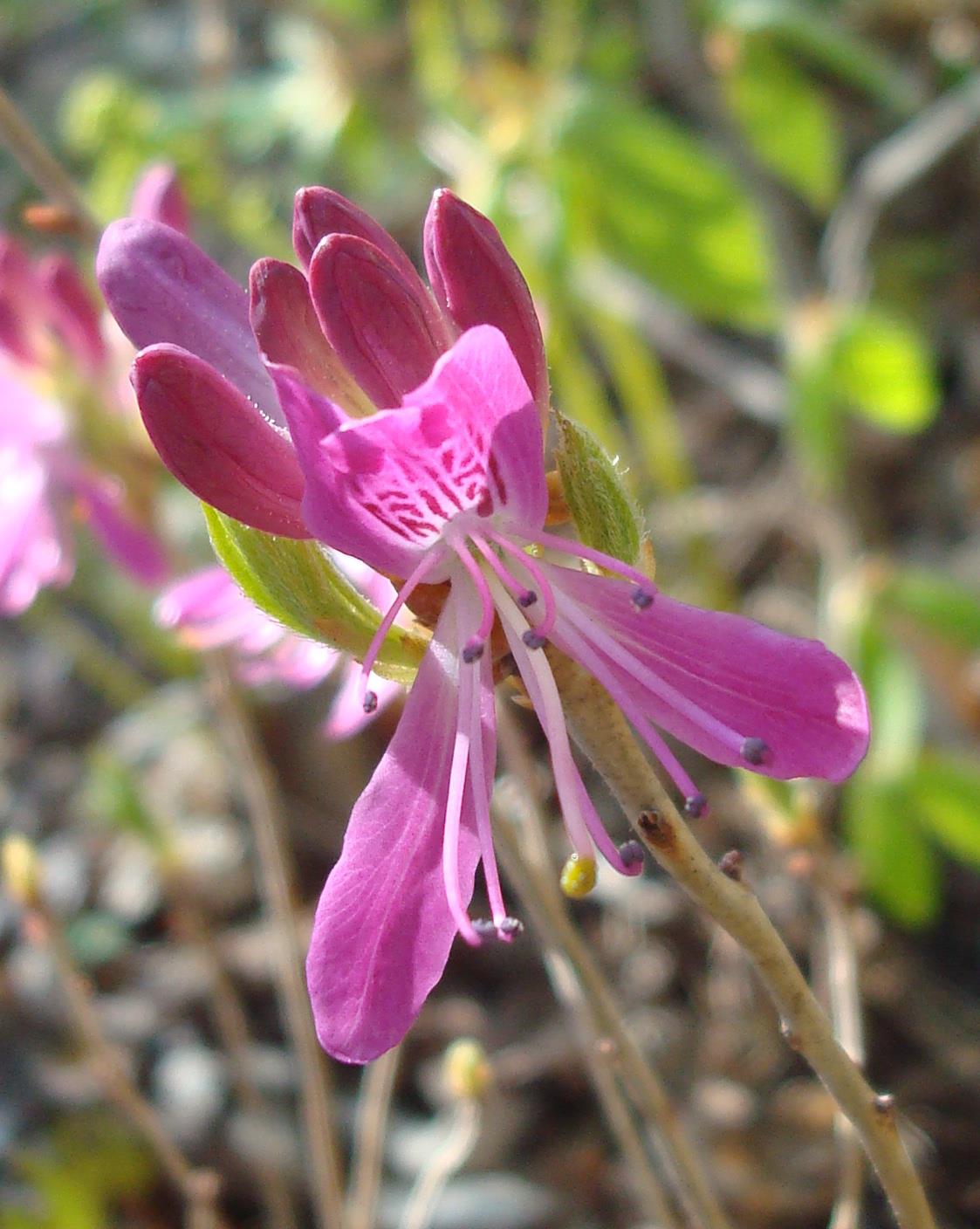Home → Landscapes → Choosing Plants
Choosing Plants
On this Page:
Quick Tips

- Right plant, right place, right purpose. The right plant will defend itself against pests, fit the space, do well in the amount of sunlight and water that's available, and tolerate your soil's pH.
- Planting trees? Think small. Small diameter trees require less maintenance and become established in the landscape more quickly than larger diameter trees.
- Go native. Try growing some native plants. They’re well adapted to Maine’s climate, so that means less work and more reward for you. Purchase only nursery grown natives, not ones dug from the wild. Choose a few that are food for birds, bees and other beneficial insects.
- Avoid invaders. Stay away from invasive plants. They spread uncontrollably, choking out native vegetation, which can change forever the availability of food and shelter for wildlife. Common culprits include purple loosestrife, Japanese barberry, Oriental bittersweet, Japanese knotweed, Norway maple, glossy buckthorn, and multiflora rose. If you’re harboring an invasive plant already, you migth consider removing it, including all of the roots. Although you need to have a plan top replace the invasive plant with a native or non-invasive alien plant. Maine Invasive Plants
- Prevent the predictable. Avoid plants prone to pest problems. Shop for insect- and disease-resistant plants to further reduce the need for pesticides. You can get the low down on a plant’s pest-off powers from websites, plant books and catalogues, garden centers, nurseries, and your county Cooperative Extension office. The University of Connecticut Plant Database lists the "liabilities" of plants which helps you avoid problem trees and shrubs.
- Plant buffers. Plant trees, shrubs and groundcovers to create "buffers" (natural filters) along shorelines and downhill of stormwater runoff. Do not rake up the "duff" (nature’s mulch of twigs, pine needles and leaves) in the buffer zone.
Plant Selection
- Maine Audubon - Native Plant Finder
- Native Plant Trust - Garden Plant Finder
- Lawns to Wildflowers - University of Central Florida & University of Manitoba
- Native Plants Database - Lady Bird Johnson Wildflower Center, University of Texas - Austin
- University of Connecticut Plant Database of Trees, Shrubs and Vines
- Rhode Island Native Plant Guide - The University of Rhode Island
- Phipps Conservancy - Top Ten Sustainable Plants
- Northern Tree Selector - University of Florida/Rutgers University/US Forest Service
- “Right Plant, Right Place” - A Plant Selection Guide for Managed Landscapes
- Selecting Viburnums Resistant to Leaf Beetle Attack
- PlantNative
- Deer Resistant Plants - Lady Bird Johnson Wildflower Center
Native Maine Plants from UMaine Extension
- Native Trees
- Native Shrubs
- Native Vines and Ground Covers
- Native Perennials: Flowering Plants
- Native Perrenials: Ferns
Plants for Pollinators
- Native Plant Trust - Garden Plant Finder
- PollinatorGardens.org - Annie White, Univerity of Vermont
- How to Create a Bee Friendly Landscape - U-Maine Cooperative Extension
- Understanding Native Bees, the Great Pollinators: Enhancing Their Habitat in Maine - UMCE
- Top Bee Forage Plants for Maine - UMaine Cooperative Extension
- Native Wildflowers for New England Meadows - UNH Cooperative Extension
- Wildflower Meadows - UNH Cooperative Extension
- Selecting Plants for Pollinators - Regional Guide
- Selecting Plants for Pollinators: Southern Maine - Regional Guide
- NRCS Pollinator Friendly Plants - Pictoral Guide
- NRCS Pollinator Biology & Habitat - Plants Lists
- Northeast Pollinator Plant List - Lady Bird Johnson Wildflower Center
Recommended Plants from Cumberland County Soil & Water Conservation District
